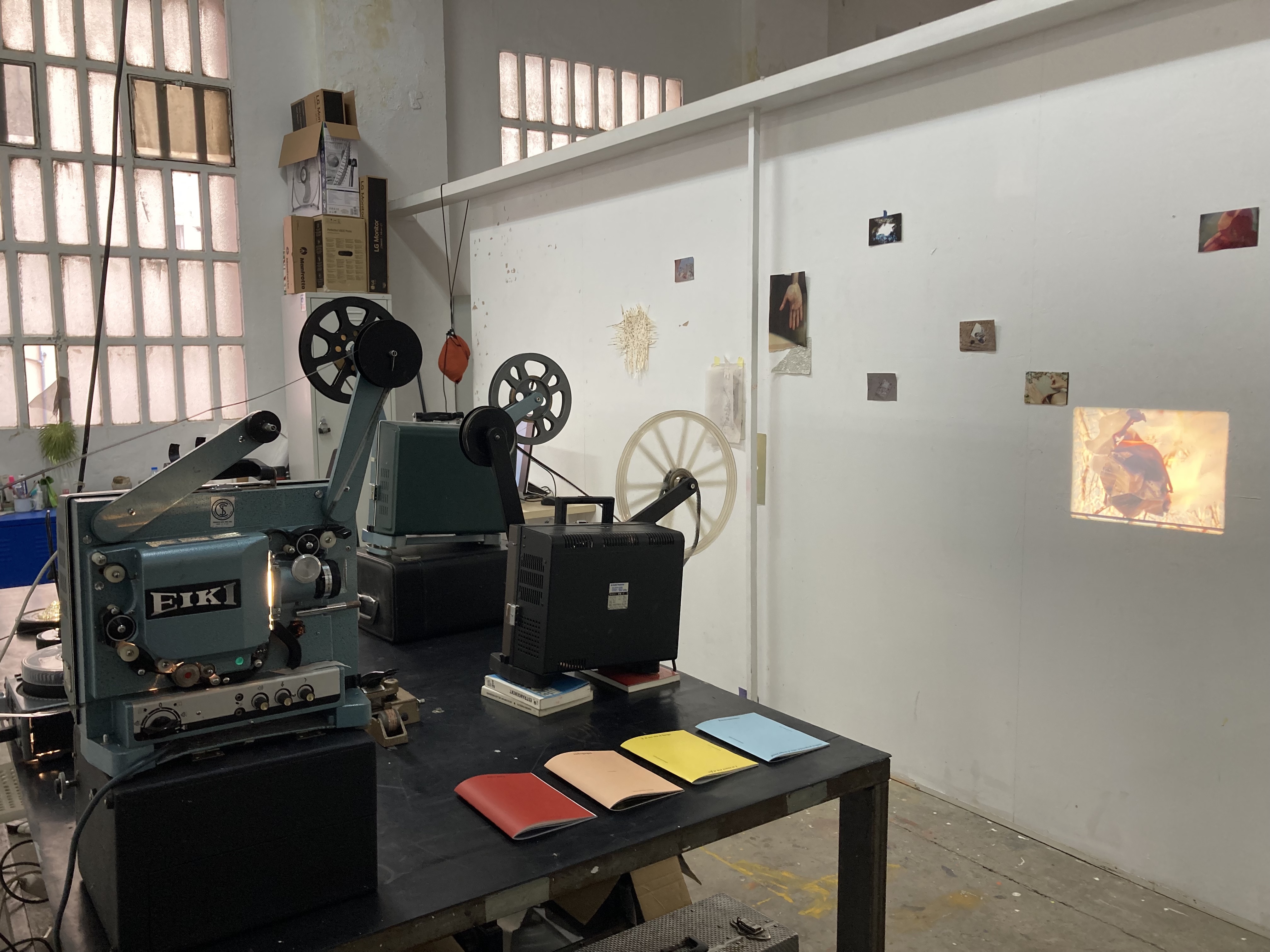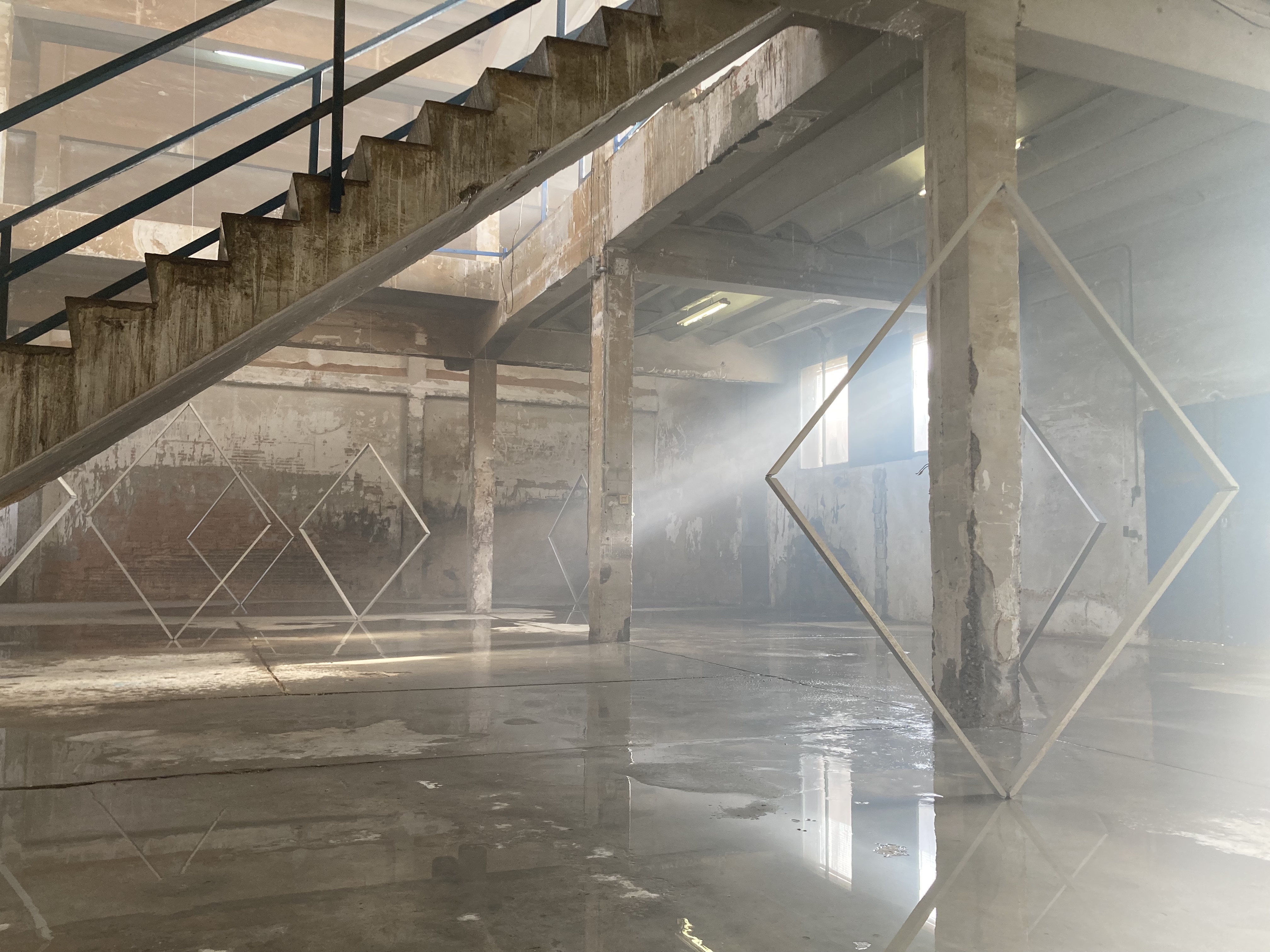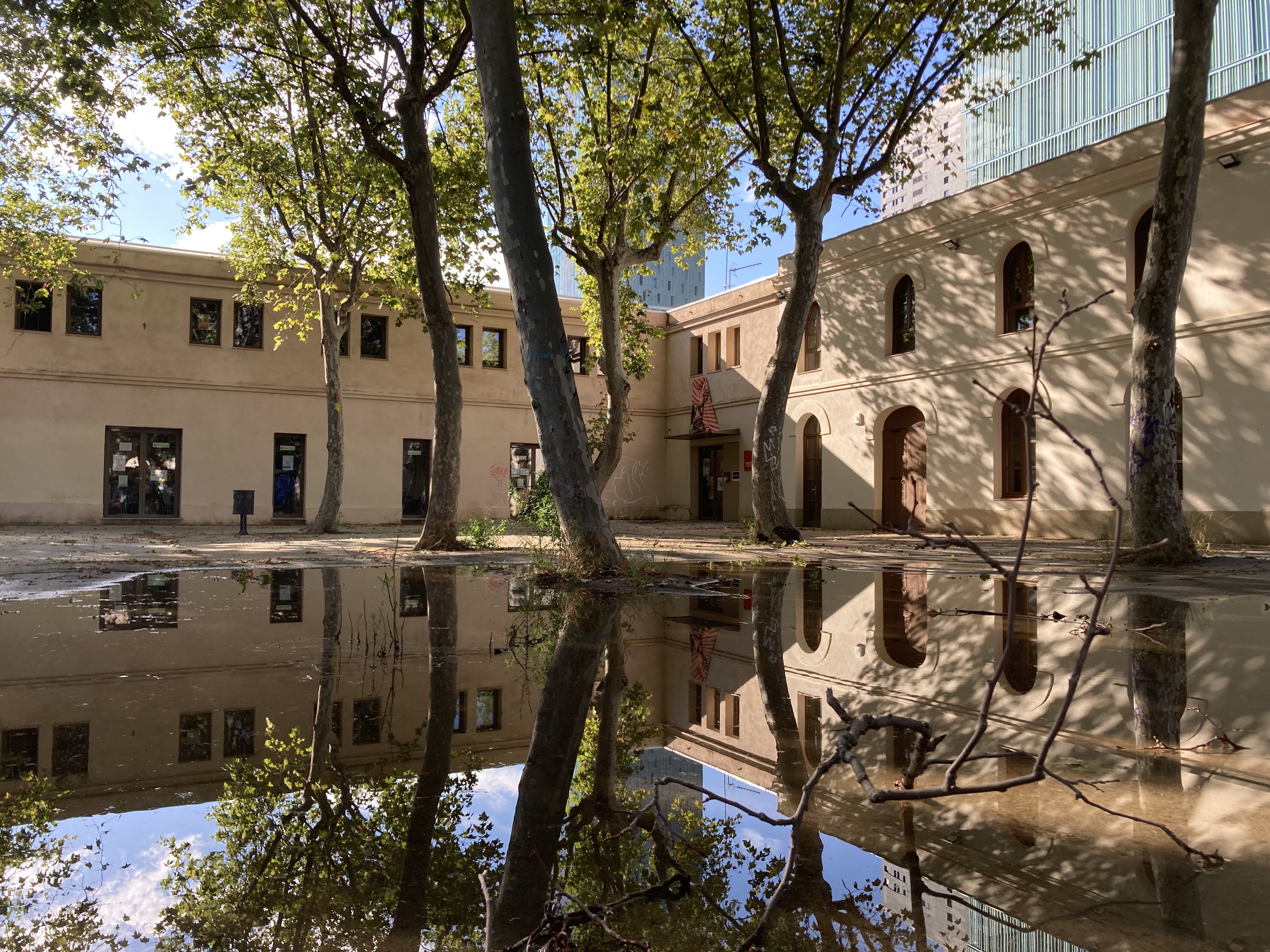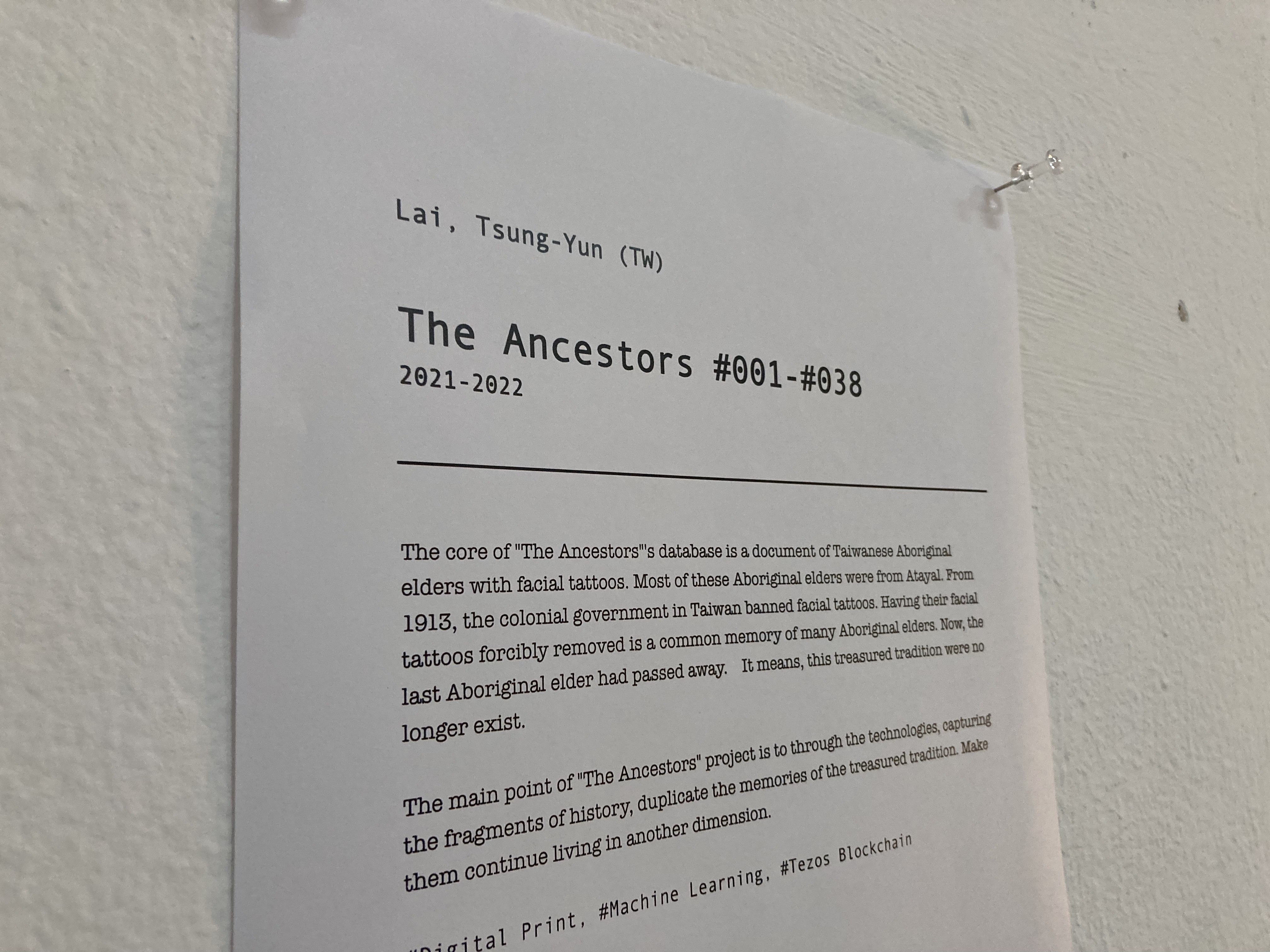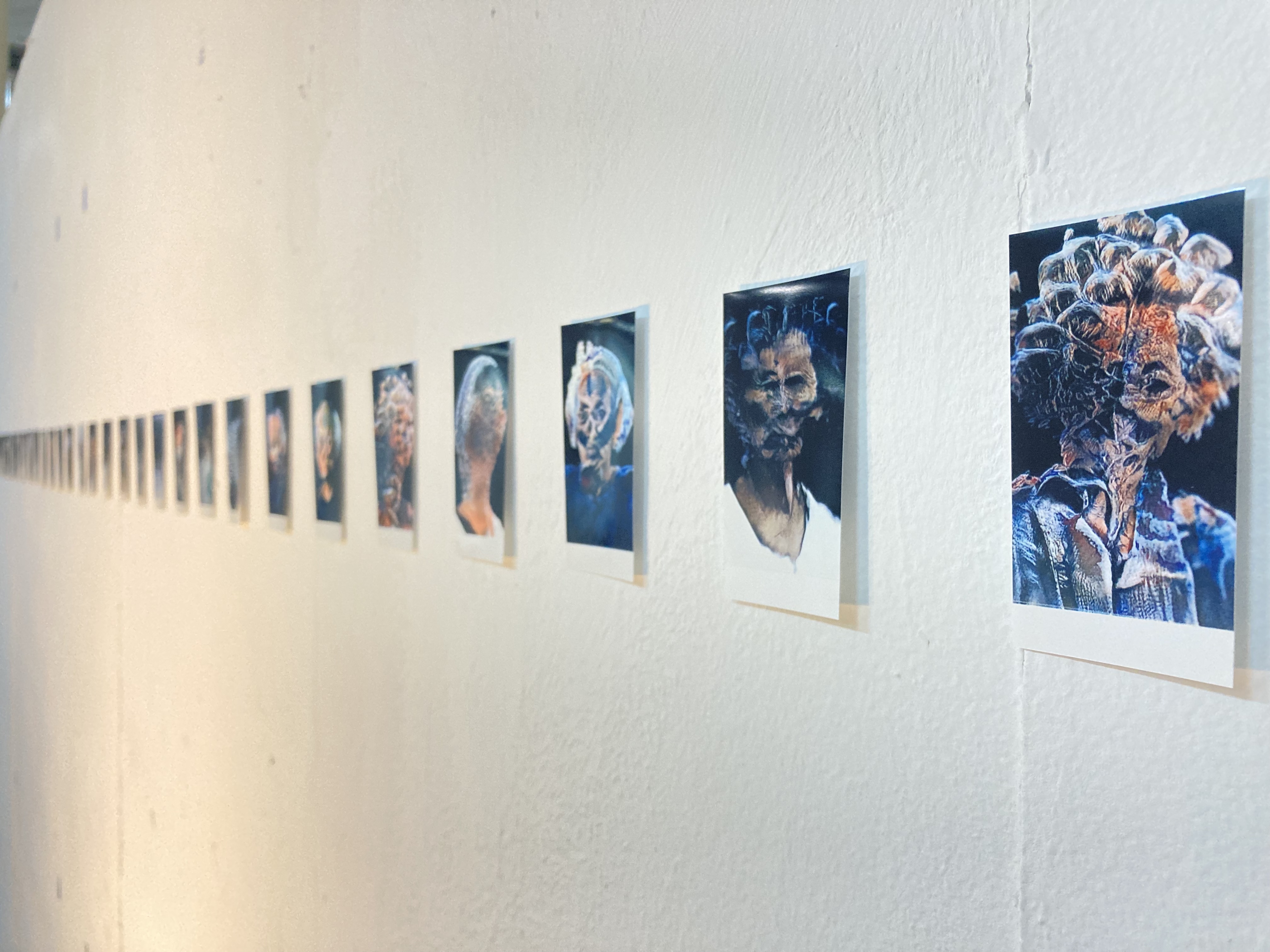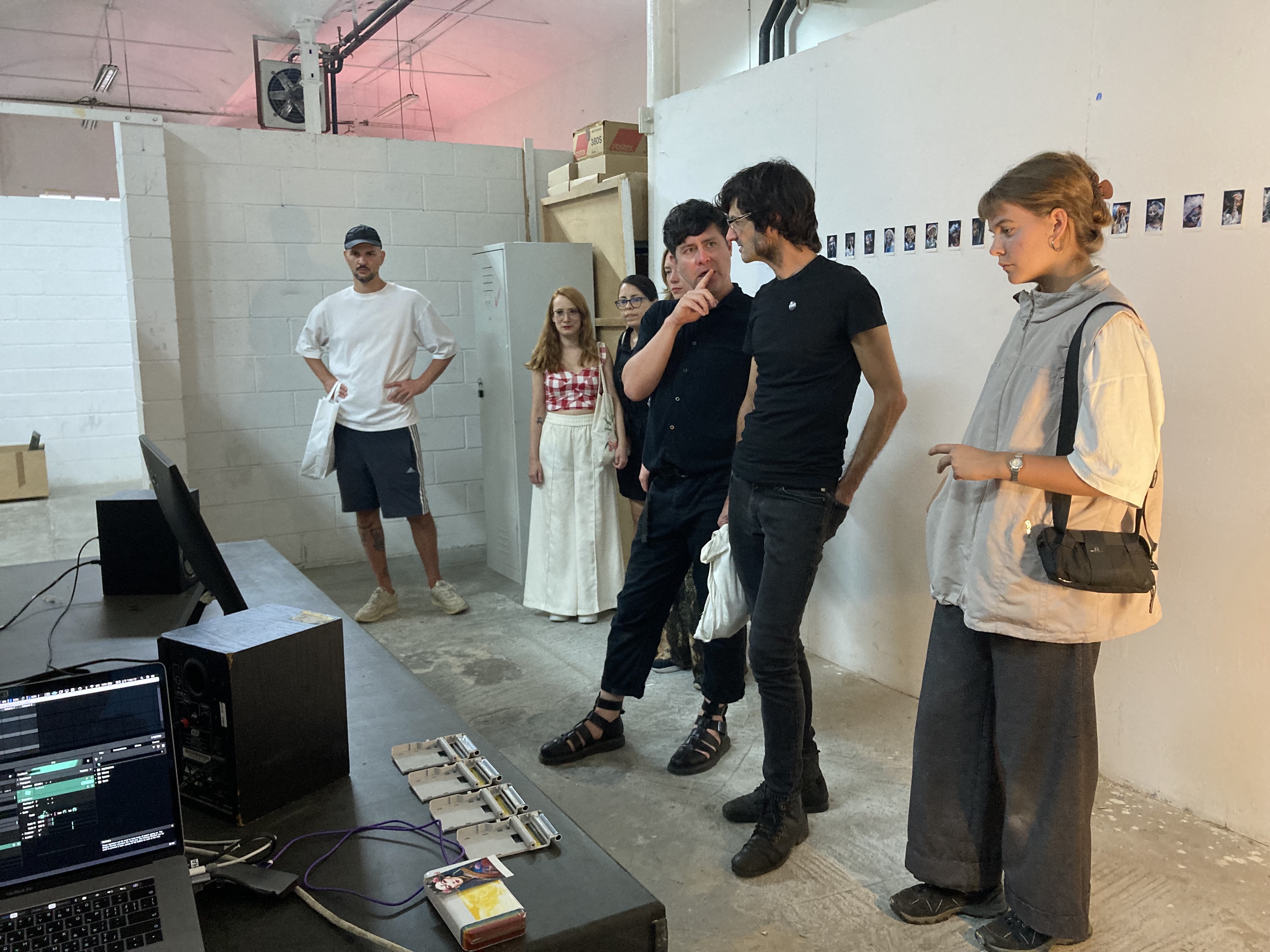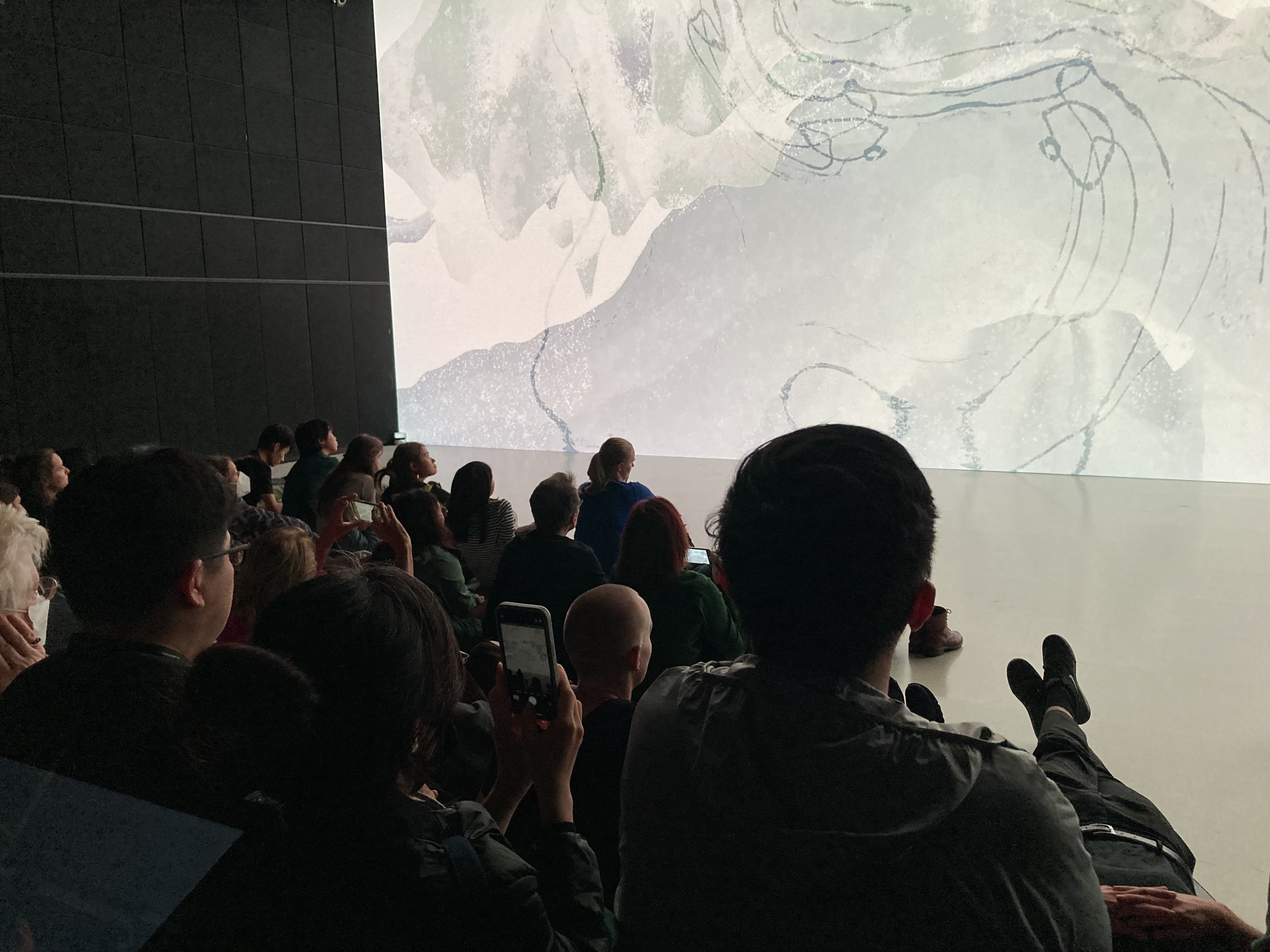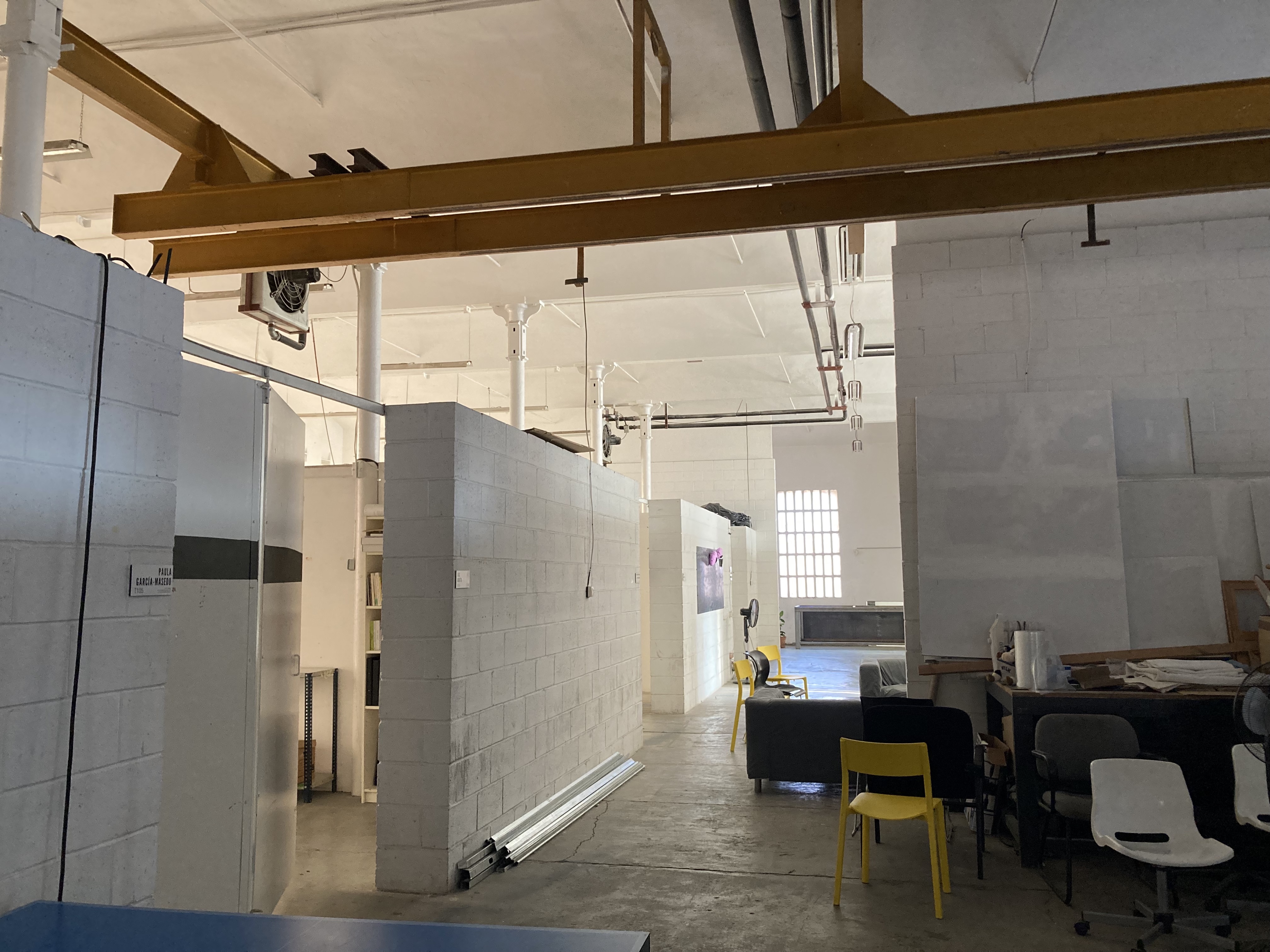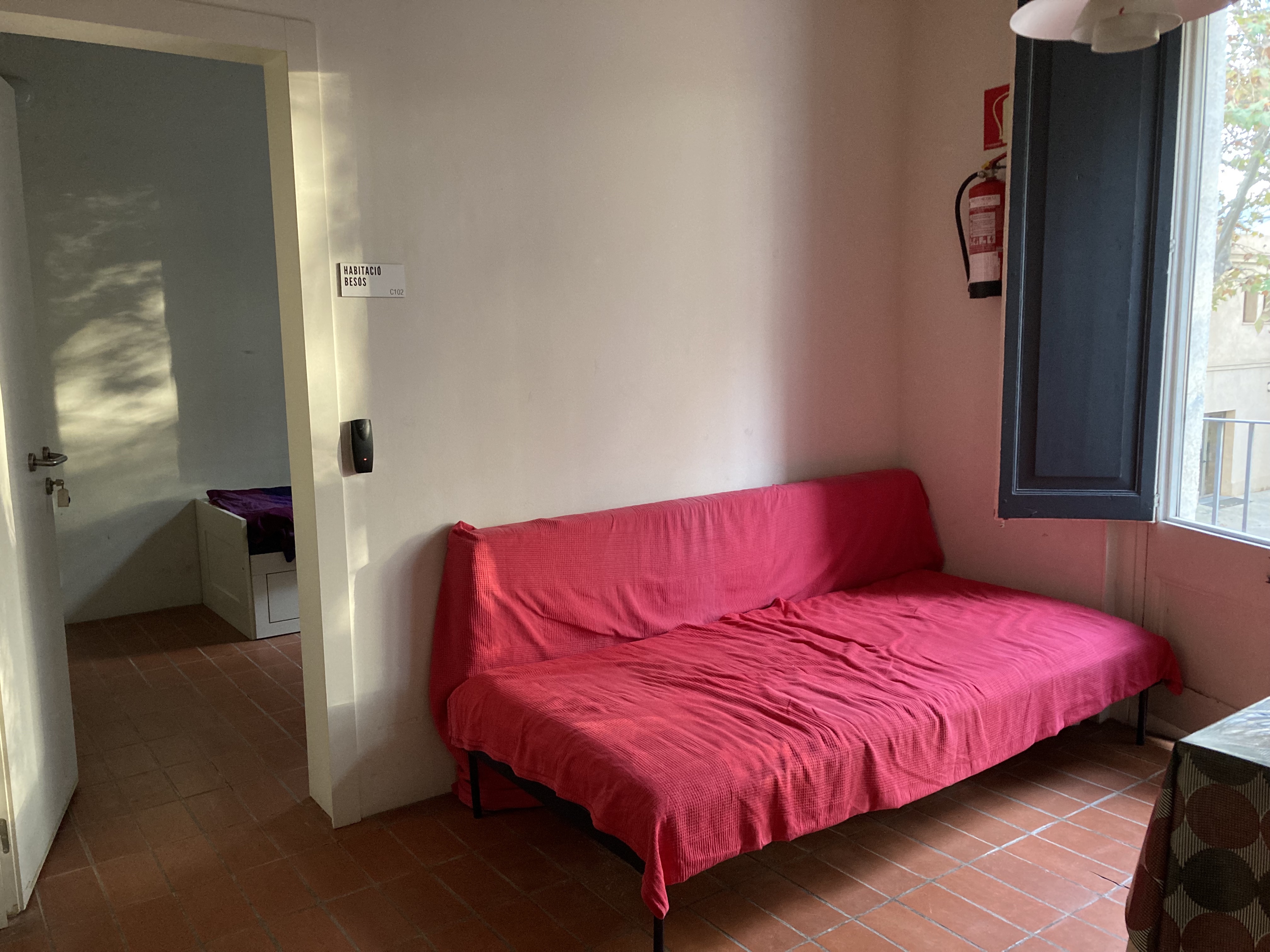Artists
Photo Credit: NIU Chun-Chiang
Lai Tsung-Yun
Lai Tsung-Yun
| Location | Spain / Barcelona |
|---|---|
| Residency | Hangar |
| Year of the Grant | 2020 |
In 2019, he curated “Subtropical Oscillation II European Tour” for Lacking Sound Festival. In 2018, he curated Lacking Sound Festival at Somerset House in London. In 2017, he was invited to perform outdoors at Electric Indigo for the 30th anniversary of National Theater and Concert Hall. Other performance experiences include Transonic (Barcelona), JOLT (Australia, remote), Super Deluxe (Tokyo), NOISHANGHAI (Shanghai), and Sonic Anchor (Hong Kong). His works were selected into Taipei Art Awards (2015), National Art Exhibition R.O.C. (first prize in new media art category, 2015), Taiwan International Video Art Exhibition, and Kaohsiung Film Festival.
Artist Statement:
I visited Hangar.org, a cultural center at Poblenou north of Barcelona. The art space is renovated from textile plants abandoned in 1996. Other artists in residence came from a wide variety of backgrounds. The cultural center was equipped with a shared kitchen. With 24-hour access to studios, exchanges among artists were frequent and easy. While Hangar might not have the most advanced facilities and spaces, it had enough to support all kinds of essential creative processes. Staff members had clear divisions of labor. Details were announced at the general meeting every Monday noon. For inquiries or assistances, we could make appointments via emails in advance.
Hangar had extensive connections to other organizations. Artists from different backgrounds could reach out to appropriate channels and entities in Barcelona for more opportunities. For example, I wrote before the residency to ask about local experimental sound performances. In response, Hangar introduced to the organizer behind Modular Day Barcelona, the largest annual event in the city. Through this connection, I was invited to perform live.
In the first month of residency, Hangar held the annual Hangar Ober. The two-day open studio was an opportunity for cultural exchanges. Besides opening artist studios, live performances and smaller exhibitions were organized to introduce artists in residence to the public for different connections.
When Hangar selected artists in residence during the same period, I noticed it consciously avoided repetitions to expand the creative spectrum, from literature, textile, sculpture, video, conceptual art, painting, installation, audio, to net art. To engage with artists from different backgrounds, it took enthusiasm and actions to overcome language barriers. Local artists mostly spoke Catalan. Without fluent English on both sides, it was challenging to discuss further.
Hangar also arranged visits from key art organizations aperiodically. In October, for example, members and collectors at SWAB Barcelona Art Fair visited, and Hangar introduced all artists in residence to them. SWAB learned about Hangar, and galleries and collectors met with artists for potential collaborations.
In general, I learned that Barcelona was an inclusive city that encourages innovations during my residency. After adapting to different lifestyles and work modes, I understood how local art ecosystems continued to be created and reflected various aspects of life in artworks.
[Creative Performances]
During my residency, I created and performed two art projects. The first one was extended from The Ancestors, an indigenous facial tattoo project with artificial intelligence and machine learning in recent years. During the residency, I developed it into an audiovisual live performance at Hangar Obert. It was also performed live at Modular Day Barcelona.
The second project was announced for the first time at Paratext No.66, the main public performance during my residency. This experimental sound work Reverberation collaborated with Taiwanese artist Huang Ya-Nung. It included traditional Chinese instrument, electronic synthesizers, physical performances, and physical spaces. Together, we interpreted our explorations in Barcelona.
Author: Lai Tsung-Yun
Edited: Brix
